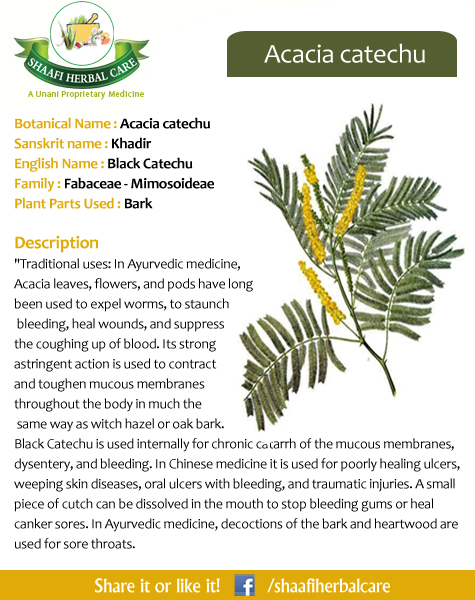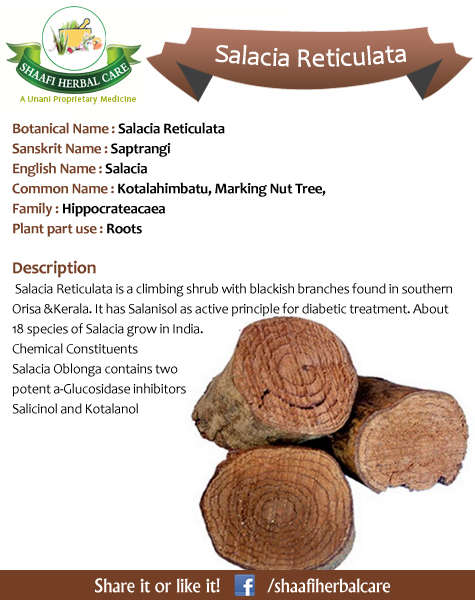
Description
Ginger lily is a perennial attractive plant that reaches a height of up to 6 feet (120 to 180 cm). It is a smallish hardy ginger with green leaves measuring 30 cm or more. The flowers are large and beautiful, in orange and white color. They have a heavy sweet fragrance and can grow in all conditions, from full sun to filtered shade. Some species of ginger lily are grown as ornamental plants. The plant is native to tropical Asia and the Himalayas. It is also known as takhellei in Manipuri. One of its species, white ginger lily (Hedychium coronarium) is the national flower of Cuba, where it is known as “Flor de Mariposa”. A farmer’s house is not complete without a white ginger in the garden. Hedychium is common in Brazil, where it is considered an invasive weed.Plant Chemicals
(+)- essential oil (ethyl ester of p-methoxy cinnamic acid, d-sabirene cineole, sesquiterpenes, pentadecane methyl paracumarine acetate), starch, resins, organic acids, glycoside (sitosterol, -D-glycoside), albumen, saccharine.
Ginger lily is a perennial attractive plant that reaches a height of up to 6 feet (120 to 180 cm). It is a smallish hardy ginger with green leaves measuring 30 cm or more. The flowers are large and beautiful, in orange and white color. They have a heavy sweet fragrance and can grow in all conditions, from full sun to filtered shade. Some species of ginger lily are grown as ornamental plants. The plant is native to tropical Asia and the Himalayas. It is also known as takhellei in Manipuri. One of its species, white ginger lily (Hedychium coronarium) is the national flower of Cuba, where it is known as “Flor de Mariposa”. A farmer’s house is not complete without a white ginger in the garden. Hedychium is common in Brazil, where it is considered an invasive weed.Plant Chemicals
(+)- essential oil (ethyl ester of p-methoxy cinnamic acid, d-sabirene cineole, sesquiterpenes, pentadecane methyl paracumarine acetate), starch, resins, organic acids, glycoside (sitosterol, -D-glycoside), albumen, saccharine.
Uses & Benefits of Ginger Lily
- Ginger lily is digestive, stomachic and vasodilator.
- It is used in treating nausea, halitosis, vomiting, diminished appetite, hiccups and local inflammation.
- The rootstock is carminative, emmenagogue, expectorant, stimulant, stomachic and tonic.
- The rhizomes of ginger lily are used in treating asthma and internal injuries.
- The rhizomes are powdered and used as an antiseptic agent and as a poultice for various aches and pains.
- Ginger lily is also helpful in treating liver complaints, indigestion and poor circulation due to thickening of the blood.
- Its rootstalk is used in treating bronchitis and alleviating pain.


